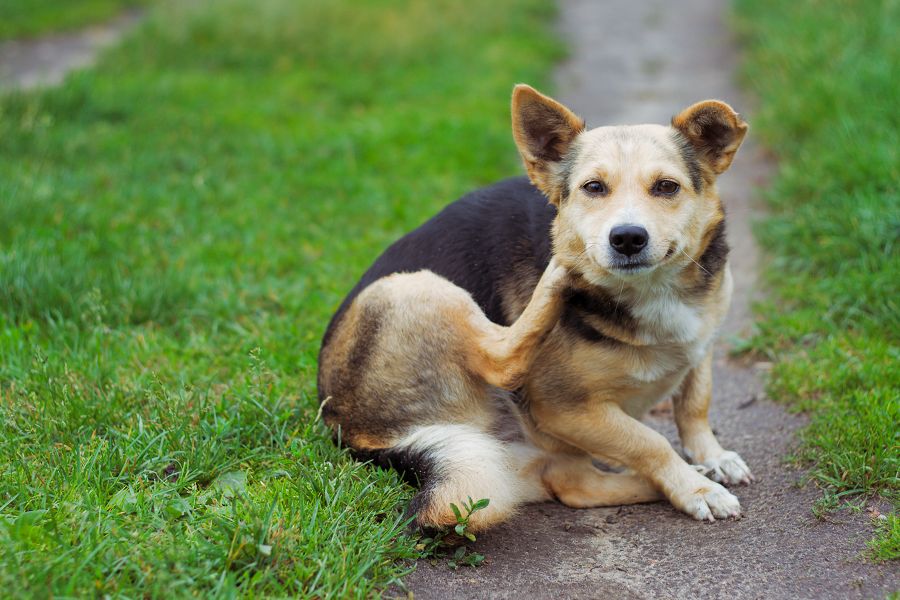Finding a Lump or Bump on Your Pet

Jumping to conclusions is part of human nature—especially if we’re faced with something frightening or confusing. When pet owners find new growths on or just under a pet’s skin, it’s natural to worry about them and assume the worst.
A lump or bump on your pet should never be ignored. It may turn out to be nothing serious, or it could mean something more. Put your mind at ease and have them examined. We can determine if it’s a problem that needs to be addressed, or simply monitored throughout your pet’s life.
Keep Calm
We know how alarming it can be to find a lump or bump on your pet. Trying to stay calm might not be totally possible, but observing the location, size, shape, and appearance can help direct the next steps.
All growths should be examined and addressed by your veterinarian. Some lumps and bumps should be seen immediately, others can wait until their next wellness exam. Bring your pet into see us without delay if:
- They have a history of cancer
- They’re six years or older
- The skin around the lump or bump is red or swollen
- Your pet reacts with pain when touched
- The growth appears to be changing or spreading
- There is bleeding or discharge
The physical characteristics of a lump or bump helps direct our course of action. A procedure called a fine needle aspiration (FNA) allows us to obtain a small sample of the cells inside a growth. With the help of a microscope, we can identify infection, inflammation, and possible cancerous cells.
Types of Growths
Malignant tumors can be to blame for a lump or bump on your pet. However, there are other types of growths that stem from the following:
- Abscesses may be caused by irritation of the skin, infection, or imbedded foreign object
- Skin tags, warts, cysts, or fatty tumors tumors are considered benign growths
- Parasites
- Bacterial infection or fungus
- Granuloma formation as the result of an allergic reaction and excessive licking
Next Steps
A biopsy provides more information about the cells across a larger sample of tissue, and can lead to an accurate diagnosis. As a result, we can determine the possible course of disease, and what treatment(s) may be best.
Sometimes, a lump or bump is located in an area that causes discomfort or reduces mobility. Surgical removal of growths (even benign ones) can add to a pet’s quality of life.
Turning the Ship Around
Depending on your pet’s diagnosis, herbs or supplements could help reduce future growths. Additionally, assessing their diet and lifestyle can place them on a successful path toward optimal health.
A Lump or Bump On Your Pet
We know and understand the fear that accompanies the discovery of a lump or bump on your pet. We’re here to help! Please call us at (408) 402-3071 with any questions or concerns. Remember, scheduling an appointment is the first step and may even lead to simple peace of mind. Acting quickly can also lead to a positive outcome.
At The Whole Pet Vet Hospital & Wellness Center, our staff members are here to help your pet stay healthy and happy.
